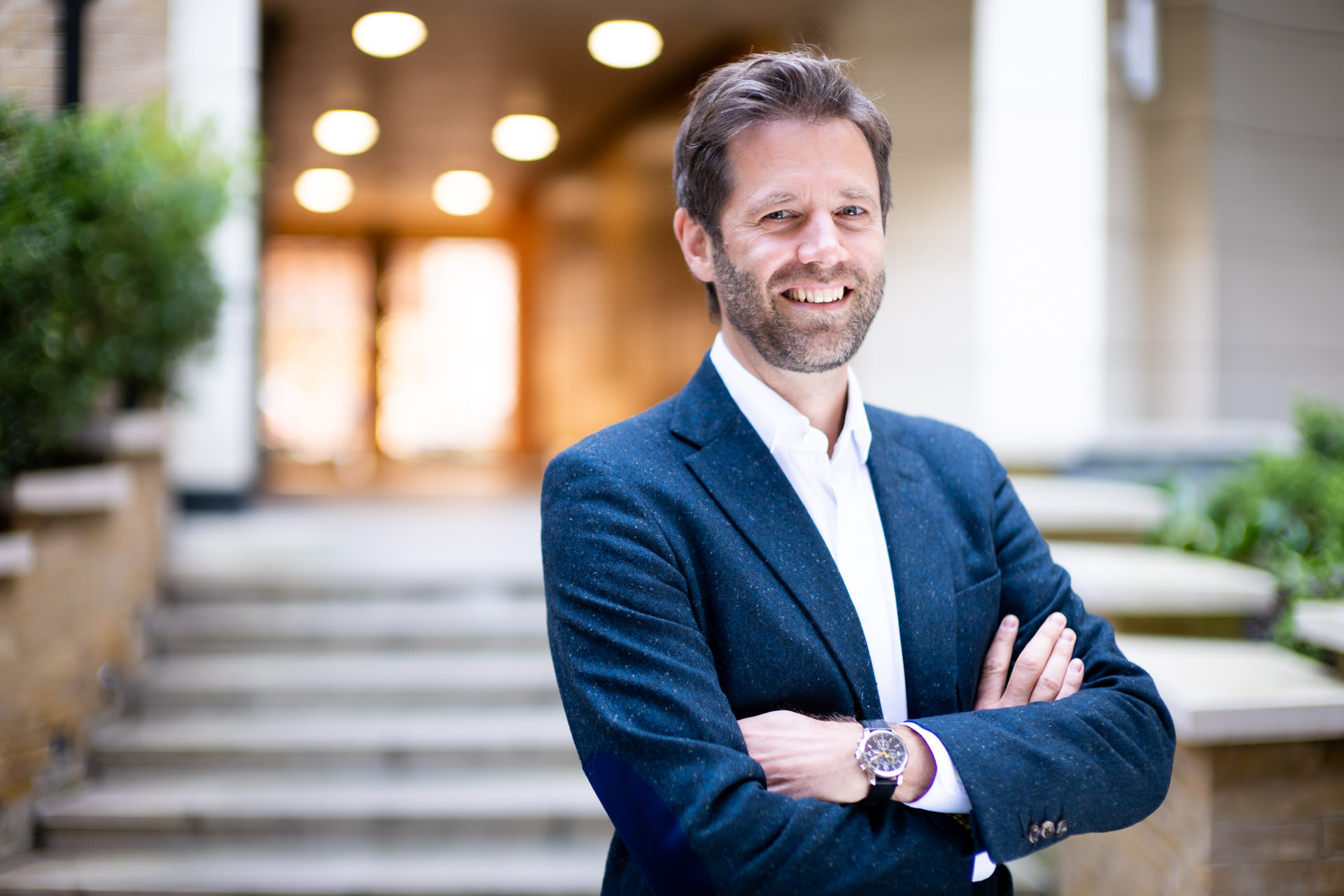Global Head of ESG, Peter Epping, discusses how Hines continues to prioritize ESG to make a meaningful impact for people and the planet.
What ESG means to Hines
An Interview with Peter Epping, Global Head of ESG

Hines has really elevated and accelerated its focus on ESG over the past two years. What inspired this momentum?
We've been inspired by what's happening all around us. The science is becoming ever more clear, weather events are becoming more frequent, public awareness has grown significantly. Reflecting that, institutions and governments are adopting new rules and regulations to fight not just climate change but the social problems and inequities stemming from environmental issues. As a firm, we try to be at the forefront of innovation, and we feel compelled to address these issues and bring them in sync with our business - to set an example and a new standard for what's actually possible.
How do you see the focus on ESG continuing to grow now that Hines has a new ESG framework and structure in place?
Our new ESG platform is a catalyst to really transform our business and look at everything we're doing through the lens of ESG. We have to work as a business without taxing the planet. Every department, every function of our business has to decarbonize. And in the future, as we focus on ESG across everything we do, a distinct ESG strategy may not be required - it will just be part of what we're doing to innovate and grow as a business.
We've really elevated our ESG strategy to be very clear about our business proposition and play a significant role in solving the big challenges facing our industry and the world.
Peter Epping, Global Head of ESG
Looking back on 2021, what accomplishments are you and the ESG team most proud of?
I'm proud of the way we've begun to communicate about ESG within and outside of the firm - we're engaging in debate, having strategic and transparent conversations, finding our voice. We've elevated our ESG strategy to be very clear about our business proposition and to play a significant role in solving the big challenges facing our industry and the world.
I'm also very excited by our new ESG governance structure; it's not just bigger, it brings a broad base of backgrounds, expertise, and seniority levels together, and has led to a completely different way of talking about ESG and what we need to do as a firm.
Some of the technical accomplishments we've made this past year stand out, as well. Our Conceptual Construction team has put together an Embodied Carbon Guide that includes a materials database and seeks to raise the bar in terms of specific technical expertise our teams can access and utilize. And on individual projects, for example in Milan and Munich, have received really good ESG outcomes, and we've embarked on a very ambitious project in New York. There's ESG awareness across the firm, the tide is really lifting, and that's very energizing.
You attended COP26 this past year. Why was it important for Hines to have a presence there and what do you feel the firm gained from being part of the event?
It was important to listen, engage, and be part of the conversation. The firms that attended are very mission-driven and focused on ESG. There was an incredible spirit of enthusiasm and positivity around finding solutions and working together.
I came away with a strong sense that the private sector is hugely interested in both addressing climate change and benefitting from the business opportunities it presents. The idea of leveraging the strengths of capitalism in creative ways to help solve climate problems was quite pervasive.

Data plays a key role in the Hines ESG framework. What has happened over the past year to address measurement and management through data, and what might the future hold?
Data is absolutely critical to our business and where we're heading from an ESG perspective. We're investing in making our buildings "smart" and using technology platforms like Hatch to track energy use and carbon emissions. We've installed technology in all Hines European Core Fund buildings which allows us to collect data in real time and feed it directly into the Hines Global Data Hub (GDH).
We're also amending our Investment Committee asset review template to include data and reporting on climate risk, transition risk, and many other ESG factors, opportunities, and challenges. Our goal is to develop a more quantitative and methodical approach to evaluating investments through the lens of ESG.
From an ESG perspective, what are you most excited about as we head into 2022?
I'm excited to move from discussions and awareness-building to real action. We're becoming more concrete with our goals and training our teams to implement the strategies and tactics we've been developing around things like carbon reduction.
I'm also looking forward to having more concrete conversations with our tenants and investors about their goals and aspirations. I think our transparency around ESG as a firm will inspire more productive, targeted discussions with our partners, which will be very helpful in collectively understanding where we are and how we can make meaningful progress together.

One of the biggest challenges facing the built environment is how the use of carbon impacts the climate, our environment and society at large. That's why Hines has set a target of net-zero operational carbon in our building portfolio by 2040.
To learn more, visit: A Plan For Our Planet